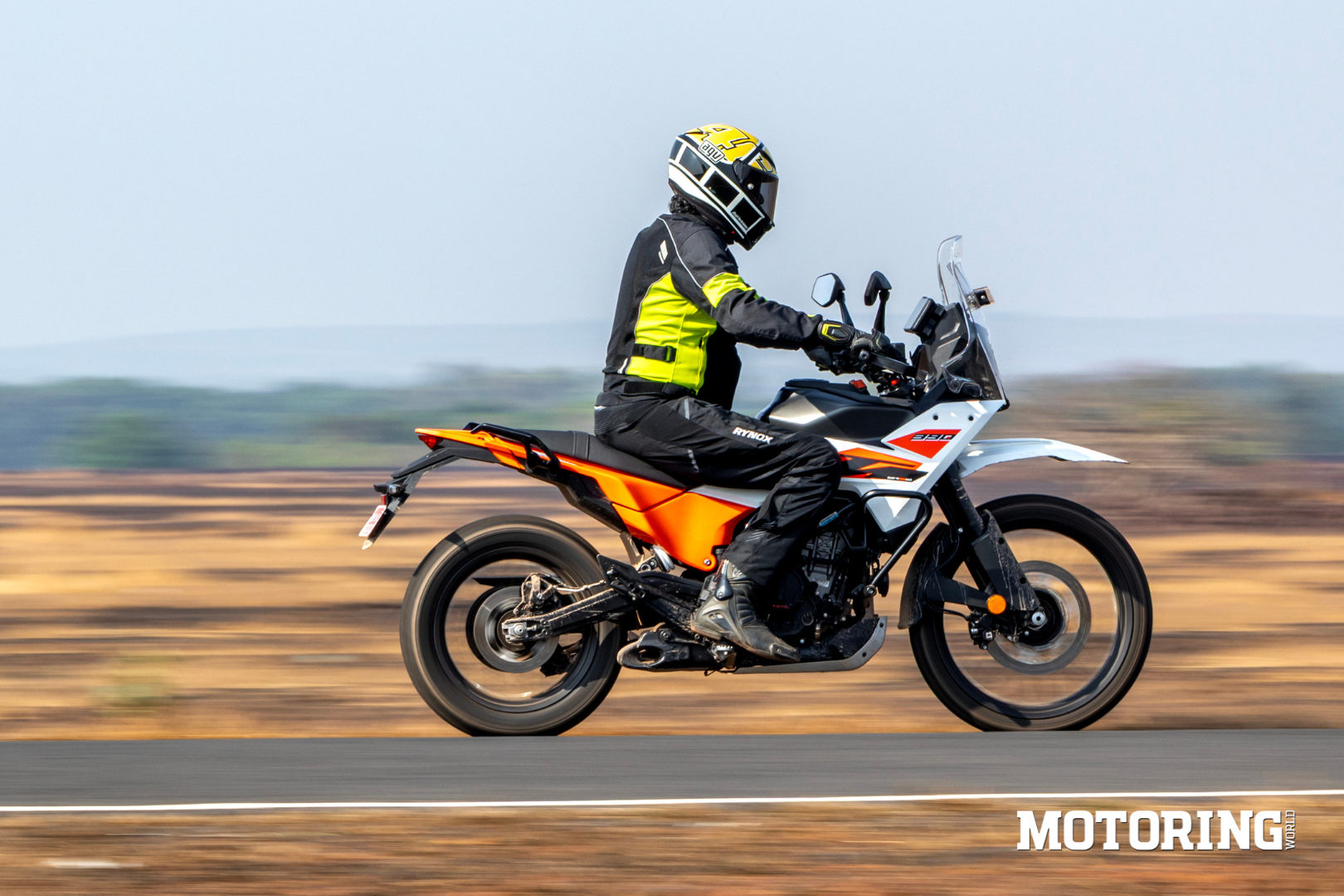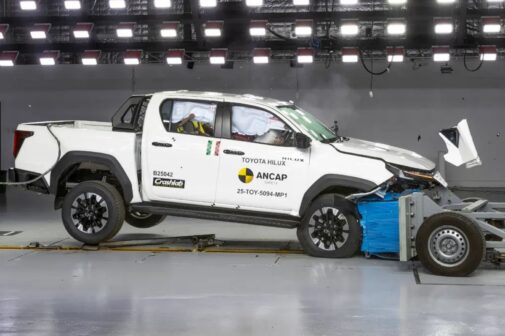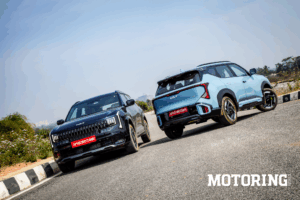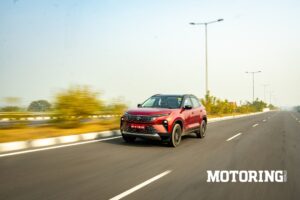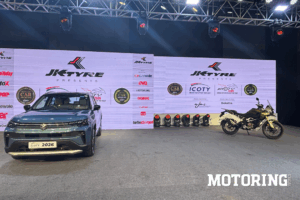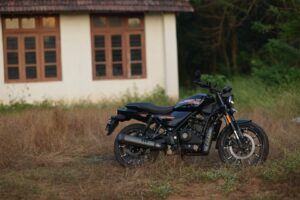Speed. A concept invented so humanity could measure the rate of its own staggering progress. In less than a couple of centuries, we’ve gone from staring at dung-ejecting rear ends of bullocks and horses to sipping champagne in pressurised winged metal tubes cruising at 40,000 feet. Not bad for a species whose fastest member — a certain Mr Bolt — once only managed 44.72 kph. That’s faster than traffic in any Indian city, but still slower than the 48 kph my cats manage between the living room and where I’m typing this. So yes, fair play to us and our success in the realm of velocity. But it looks like we hit a speed breaker some time ago.
The fastest we’ve ever gone? Apollo 10 in 1969, 39,897 kph, on its way back home from the moon — that was 56 years ago. The land speed record? The Thrust SSC in 1997, 1227.985 kph — I was still in school. The fastest motorcycle? The Ack Attack streamliner, 634.217 kph, with two Suzuki Hayabusa motors. Even Bolt’s stonking legs managed the aforementioned record back in 2009. It looks like we started slowing down some time ago.
There is a visceral need for speed seated deep in our DNA. It probably began a long, long time ago with not wanting to become a faster animal’s food. Some time after that, someone invented the wheel, ostensibly to get things done at a faster pace. A few millennia later, someone added internal combustion between a set of wheels, and mankind has been trying to outrun itself ever since. And even if our peak speeds haven’t changed of late, our exposure to speed has. And that bothers me. Speed is everywhere these days — but without reflection, without awe.
You see, speed can shove you into trouble. But it can also propel you away from it. Speed is a byproduct of efficiency, a result of everything working as it should. On a more intangible but no less compelling plane, it is a dream, a goal that we chase all our lives. Understanding speed and its effects should be an essential part of growing up, to be familiar with its advantages and consequences beyond textbooks and traffic signs. I had that lesson taught to me by a heavily modified first gen Suzuki Hayabusa on an empty runway, its speedometer needle pointing at the very last number it could. I’ve never gone looking for top speeds since, but I’ve never stopped respecting them, either.
And nothing teaches you about speed quite like a motorcycle. It’s a mechanical platform truest to the concept, with barely anything between the body and the full brunt of velocity. No motorcycle has ever shielded its rider from speed. It’s not just mechanical — it’s metaphysical, it’s spiritual. Which is why it irritates me that a motorcycle ranks only above Bolt in that lineup of speedsters at the beginning.
Yes, the splat a rider makes at 300 kph is probably just as final as one made at 600 kph. Yes, the numbers don’t matter more than the sensations. But it still has to be done — to prove human potential, to lay down a marker for future generations. Are we slowing down? Maybe. Or maybe we’re just catching our breath before the next great top-speed run. Because for a species bound by time, doing things at the right speed will always mean going as fast as is humanly possible.





